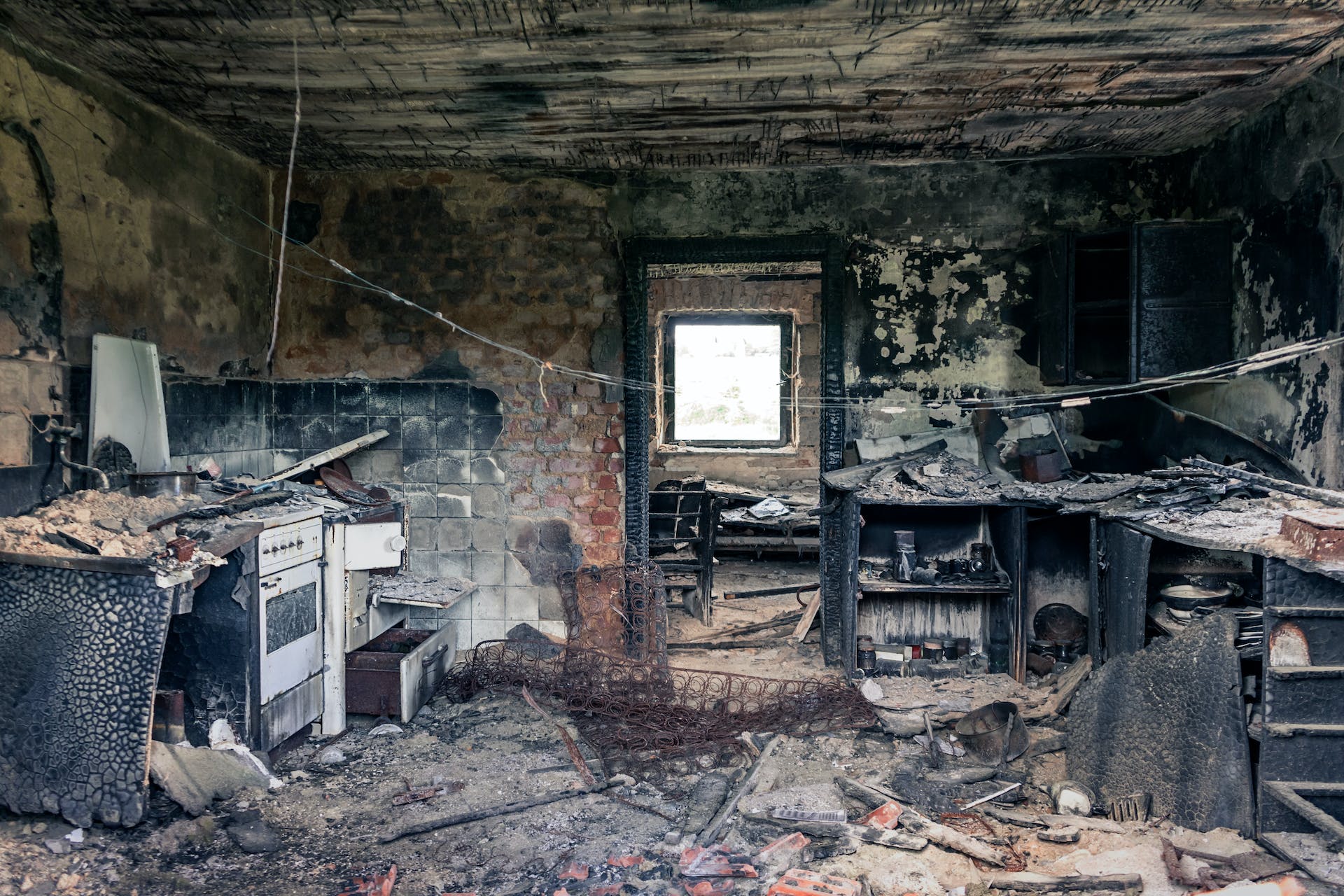Replacing Personal Belongings After a Fire: Tips for a Smooth Recovery

A house fire can be a devastating experience, and one of the most challenging aspects of recovery is replacing your personal belongings that were damaged or destroyed. While no amount of money can truly replace sentimental items, there are steps you can take to make the process more manageable and ensure a smoother recovery. Moreover, selling a burned home is a process that takes time and patience. In this article, we’ll provide you with friendly and informative tips on how to replace your personal belongings after a fire and start the journey toward rebuilding your life.

Take Time to Grieve
Before diving into the process of replacing your personal belongings, it’s essential to take some time to grieve over your loss. Feeling overwhelmed, sad, or even angry after a fire is natural and understandable. Give yourself permission to mourn and process your emotions before replacing what was lost.
Work Closely With Your Insurance Adjuster
Your insurance adjuster will assess the damage and help determine the value of your lost belongings. Collaborate with them and provide any necessary information, such as proof of ownership or receipts, to expedite the claims process. Keep in mind that the insurance company may offer a cash settlement for you to replace your items yourself, or they may have preferred vendors for replacement items.

Start With Essentials
Replacing all your belongings at once can be emotionally and financially overwhelming. Start by focusing on essential items such as clothing, toiletries, and necessary household items like kitchenware and bedding. These are typically the most urgent needs for daily living, so replacing them first will provide some sense of normalcy and comfort.
Determine Replacement Costs
Your insurance policy will typically provide coverage based on your belongings’ actual cash value (ACV), which accounts for depreciation. However, you can also opt for replacement cost coverage, which covers replacing the items at current market prices. Discuss this option with your insurance provider. This will help you plan your budget and prioritize which items to replace first.
Take Inventory
After replacing essential items, create an inventory of what you still need to replace. This list will help you stay organized and ensure you don’t overlook any important items during your recovery. It can also serve as a valuable reference for your insurance claim.

Seek Emotional Support
Losing personal belongings in a fire can be emotionally challenging. Don’t hesitate to seek emotional support from friends, family, or professional counselors as you navigate the process of replacing your possessions. It is also helpful to connect with other fire survivors who can understand and empathize with your experience.
In Conclusion
Recovering from a house fire is a difficult journey, but with careful planning, collaboration with your insurance company, and a methodical approach to replacing your personal belongings, you can rebuild your life. While the process can be emotionally taxing, the opportunity to start anew and replace cherished items can be a source of hope and a step toward a brighter future.


